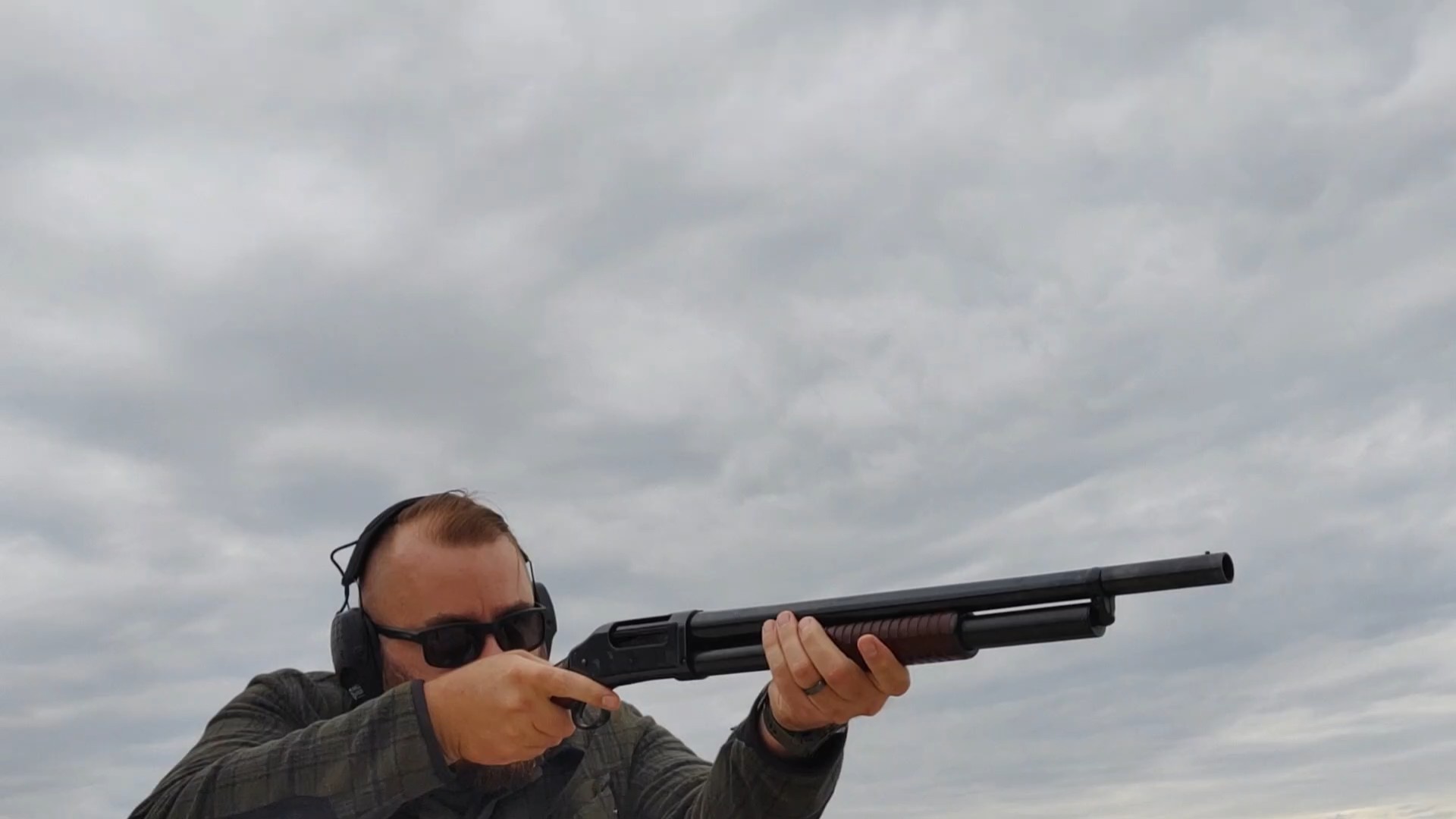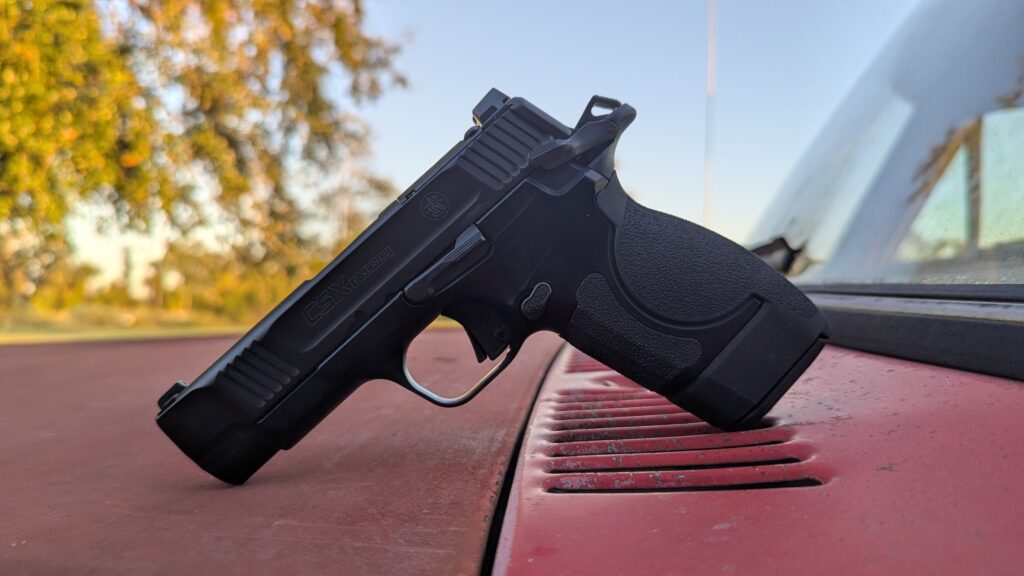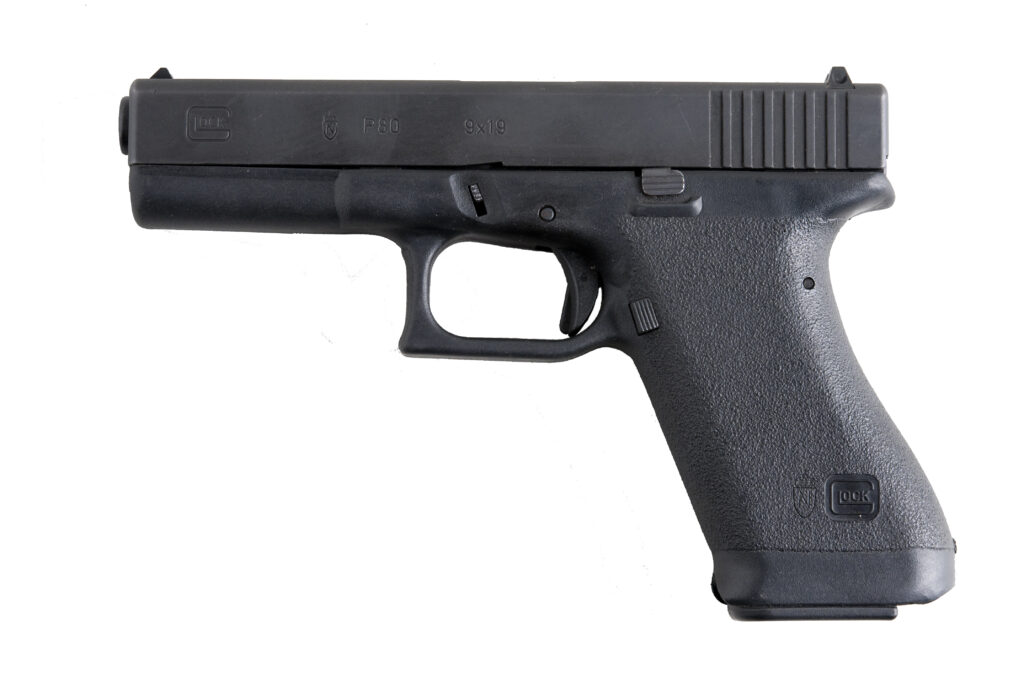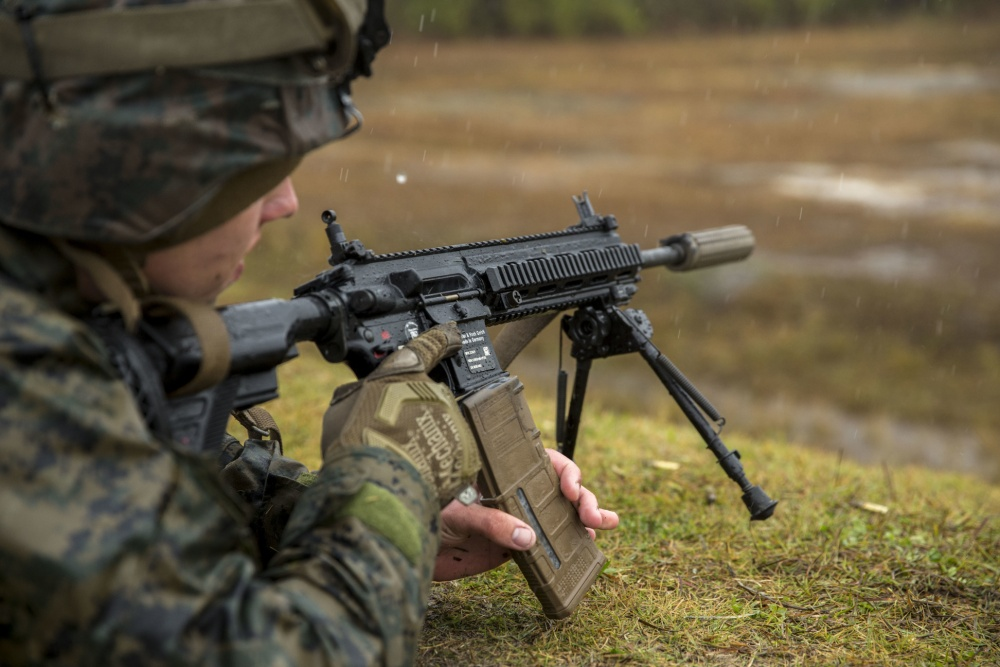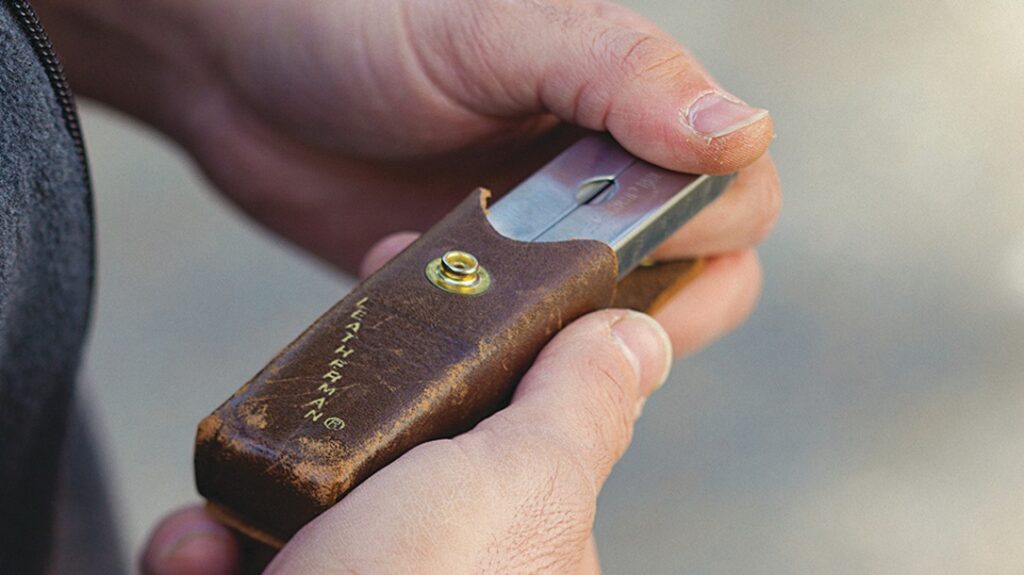Where did the term riot gun come from? That was my question, and I couldn’t find many resources explaining how riot guns came to be. The term riot gun typically applies to a shotgun, but in the modern world, you might call 40mm less-lethal launchers riot guns as well. Historically, a riot gun referred to a shotgun, specifically a shotgun with a shorter-than-average barrel.
Riot shotguns are typically very similar to a traditional sporting shotgun, but the barrel is trimmed to 18 to 20 inches. Most guns that wear the riot moniker are pump action guns. Winchester, Remington, Marlin, and more have attached the name Riot to their short-barrel shotguns.
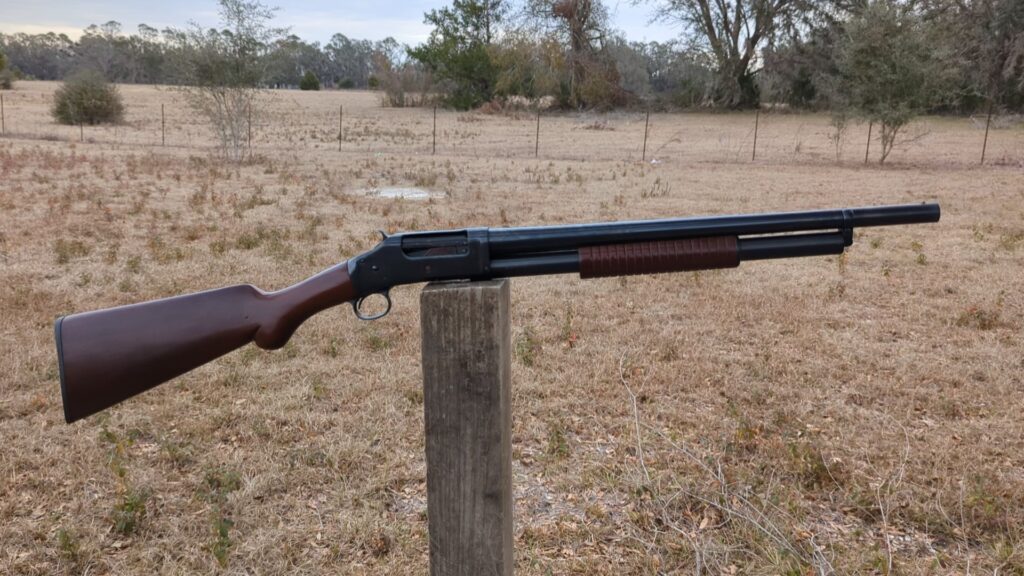
Advertisement — Continue Reading Below
The most obvious answer to my question is that they were used during riots, right? However, were riots the main reason police had shotguns in the early 1900s? Was it that bad of a problem? I know police used riot guns for all sorts of problems. Holloways Radiers in Texas formed shotgun squads with riot guns to prevent armed robberies, but they didn’t call them armed robbery guns.
The Origin of the Riot Gun
I tracked down the first use of the term to 1886. The Logansport Daily Journal, a newspaper in Indiana. However, I can’t find much more than that. In 1886, it would have very likely been a double-barrel shotgun. The term comes to use by Winchester to describe the 1897 riot gun, and numerous other companies producing short-barreled pump shotguns call their guns riot guns as well.
The use by manufacturers was by default marketing that tried to sell the gun for riot control. How many riots were police dealing with in this era? Luckily, it’s pretty well recorded. It turns out a lot. We have riots every so often these days, but in the United States in the late 1800s and early 1900s, we had a lot.
Advertisement — Continue Reading Below
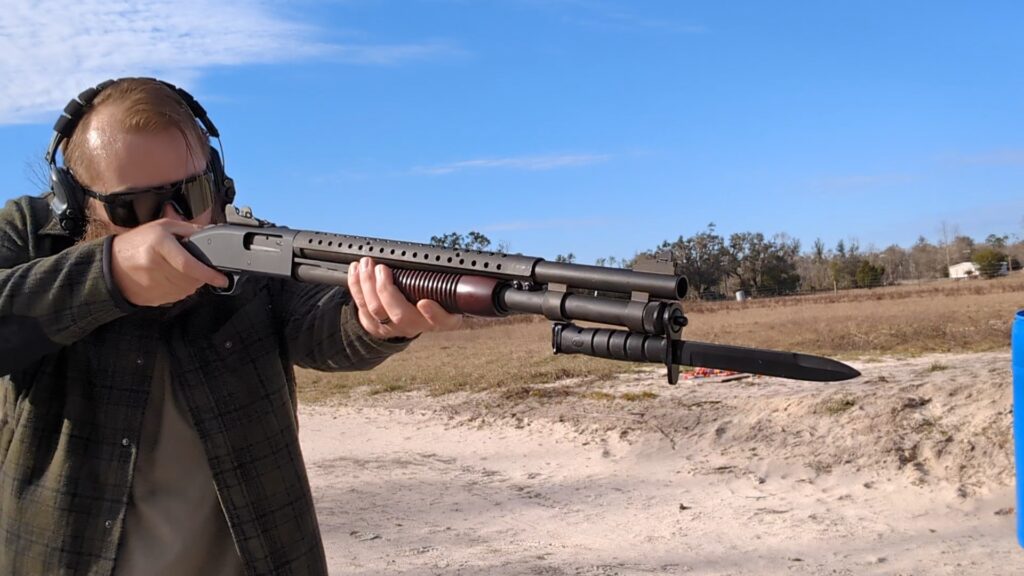
There were race riots, anti-immigrant riots, Union riots, and more. Riots these days often result in a lot of property damage, but deaths are seemingly fairly rare. In this era, these riots were intense, with dozens of deaths. There were 28 killed in the 1900 New Orleans riot. The 1905 Chicago Teamster strike resulted in 21 deaths and over 400 injuries. A riot in East St. Louis resulted in an estimated 160 deaths.
It seems like a dozen riots a year was fairly average, and most had multiple deaths and a ton of injuries. Not to mention property destruction. Riots were a serious threat in the newly urbanized parts of America. This meant that the police needed more than their revolvers to exercise control.
Advertisement — Continue Reading Below
Why The Shotgun?
Shotguns were common, fairly cheap, and sturdy guns. They are powerful and intimidating, but mostly, they fired a multitude of munitions. You could field an M1903 in .30-06, but you’re only getting one result, and that’s death. Shotguns could be loaded with a variety of munitions. Remember, this era wasn’t one where safety and risk mitigation reigned supreme.
Birdshot was a daily common round to use when you didn’t want to kill someone. They made a conversion for Tommy guns to fire small birdshot rounds for riot control. That was an expensive option. A shotgun with eight shots wasn’t expensive. Let’s be clear, birdshot can kill, but the likelihood gets lower and lower the smaller shot you use and the more range applied.
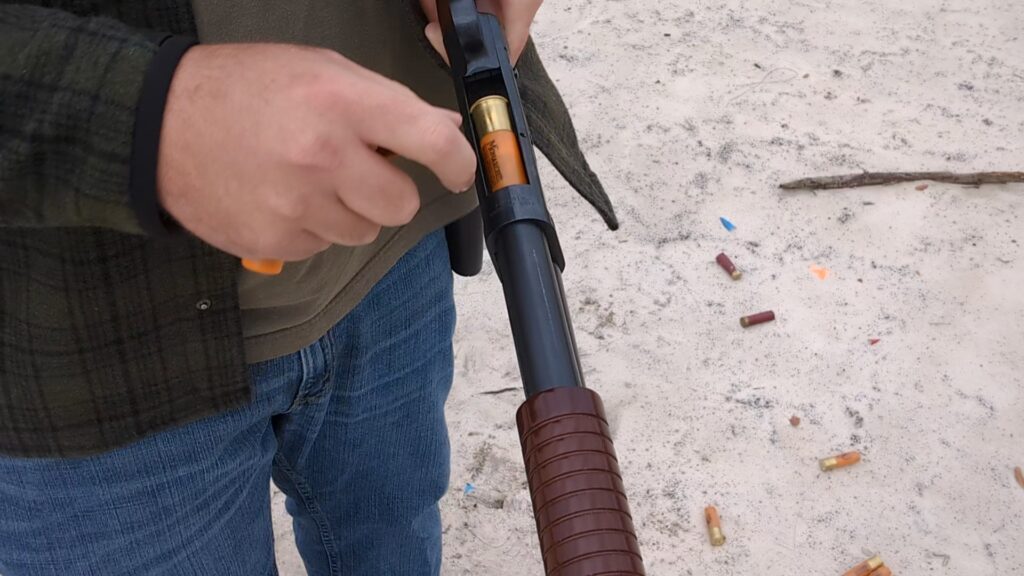
Advertisement — Continue Reading Below
These days, we know birdshot is a terrible cartridge for self-defense and equally terrible for ‘less’ lethal roles. This was a different era, and cops seemed content to use birdshot to quell riots or to at least contain them. It sounds insane, but remember Dick Cheney shot an elderly man in the face with birdshot, and the man who was shot apologized to Dick Cheney.
Police could use shot skipping to bounce various shot off the ground and into the legs of rioters. This decreased velocity even further and prevented direct shots from being taken.
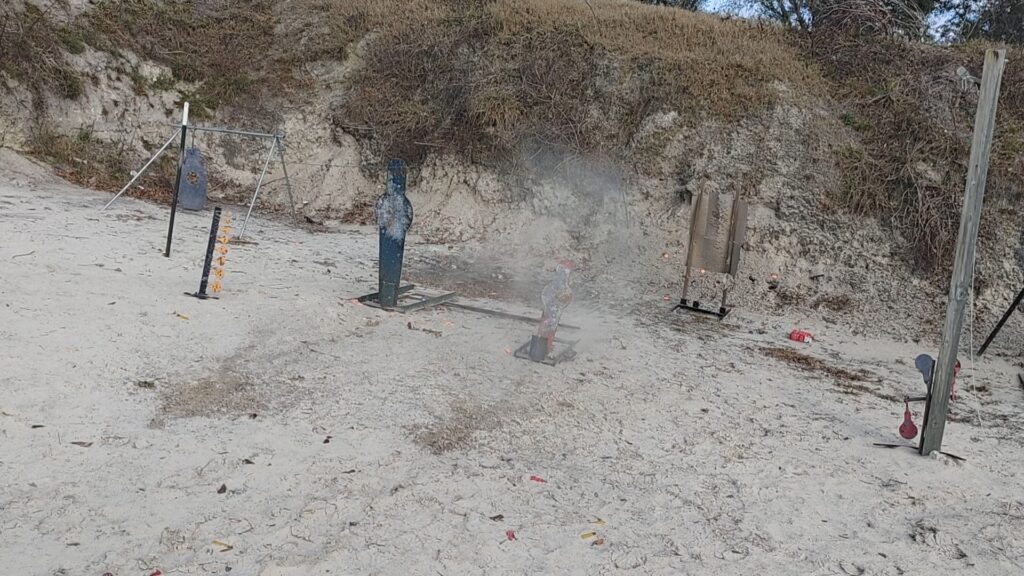
Advertisement — Continue Reading Below
Police of the era could also use rock salt to deter rioters. It would hurt but was even less likely to cause permanent damage than light birdshot. Wood baton rounds existed as far back as the 1880s, but I can’t find any reference to their use in American riot guns.
The Riot Gun
As munitions evolved, the idea of a shotgun as a less lethal alternative continued. We saw the development of rubber bullets, bean bags, and even taser rounds. The riot gun stuck around, although tactics and deployment changed. We are likely seeing the sunset of the riot shotgun, and the larger and more capable 40mm and 37mm weapons are replacing them.
I’m not totally satisfied with the conclusions I’ve come to, but it’s the closest I can come to explaining the riot gun as a genre and where they came from.
Advertisement — Continue Reading Below
